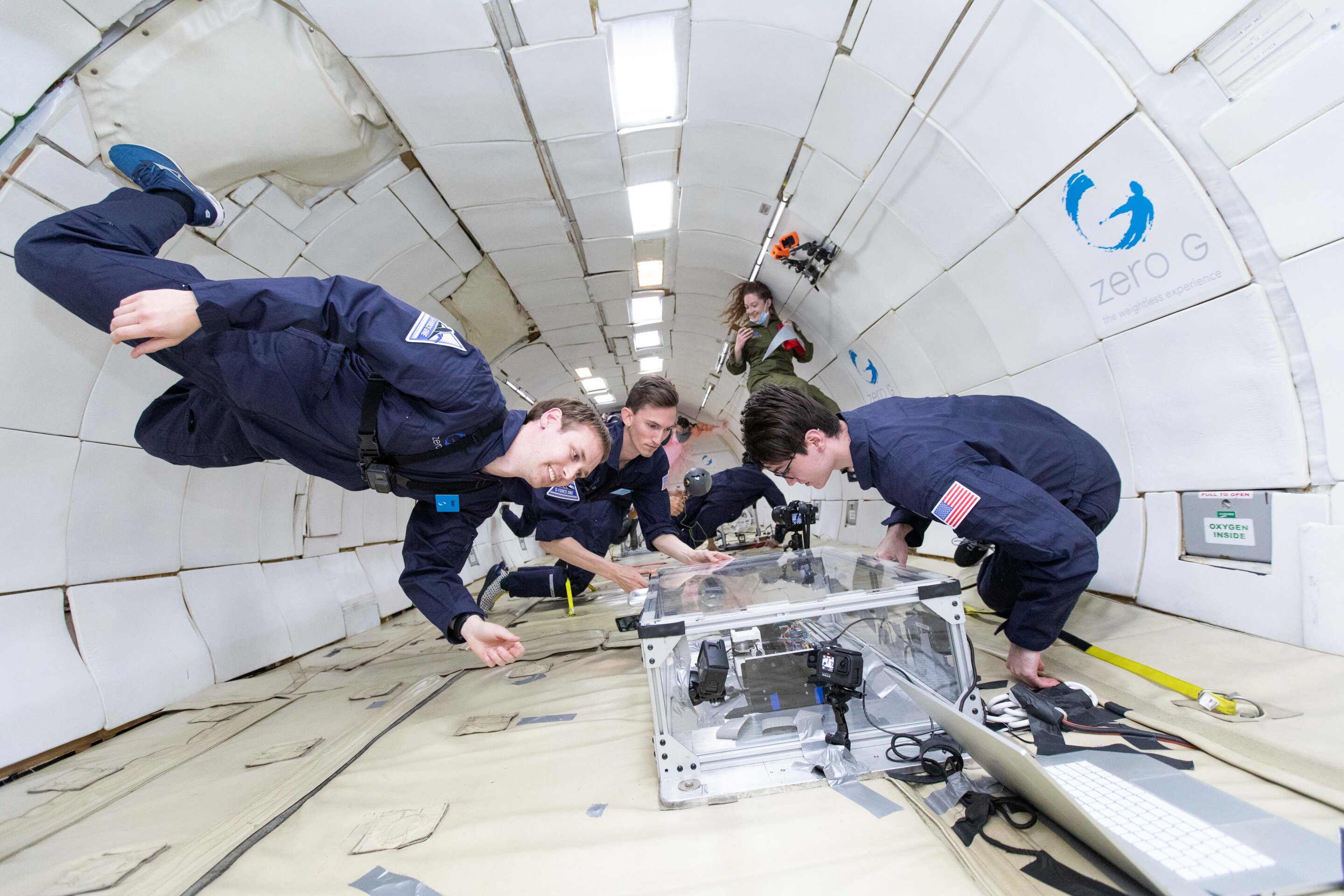SpaceX’s 26th CRS mission
In late November, SpaceX will launch its 26th commercial resupply mission (CRS) to the International Space Station from NASA’s Kennedy Space Center in Florida. The Dragon spacecraft will carry out experimental research and technological trials to look at deep-space building, solar array installation, easing gravitational transitions, and other topics.
In this article, we covered the first three fields of experimentation. In the next article, we’re covering the rest of the areas of research the SpaceX CRS Mission covers.
Acclimatizing to microgravity

All spacemen must navigate the change from one gravitational environment to another. Future exploratory expeditions may take people through three different gravitational fields: Earth’s gravity upon return, another planet’s gravity while in space, and weightlessness while in space. These gravitational shifts may impair spatial awareness, head-eye, kinesthetic awareness, balance, and motility, in addition to causing space motion sickness in some crew members.
Precision information on ocular alignment and balance is provided by the Falcon Goggles gear, which records high-speed video of a subject’s eyes.
According to Dr. Cherie Oubre, deputy flight scientist at NASA’s Human Research Program, “These goggles might help inform our researchers of the consequences of weightlessness on crew members and their capacity to adapt and function in different gravities.” “Devices like these can advance related technology here on Earth and will be useful as we seek to train astronauts for lengthy exploratory missions to the lunar and Martian surface.
Harvesting the Sun

In 2021, two roll-out solar arrays, or iROSAs, were deployed after being launched on board SpaceX-22. These solar panels enhance the space station’s capacity for energy generation by rolling out like a rug or yoga mat utilizing stored kinetic energy. The second pair, which launches in the trunk of SpaceX-26, boosts power for research and operations on the space station by 20 to 30%.
“The first two arrays have been operating outstandingly well,” says Matt Mickle, senior manager of development programs at Boeing. “In comparison to earlier generations, the solar cells are far more powerful. To increase operational effectiveness for subsequent launches, we made a few small hardware changes.”
The second of three packages, these arrays, improve 50% of the station’s energy circuits. In 2017, the space station hosted the first test of the Roll Out Solar Array technology. In addition to being employed on the Gateway lunar base, a crucial part of NASA’s Artemis project, ROSA has also been used on the DART asteroid mission. The iROSA program is an excellent example of using the space station as a testing ground for the research and technology required to travel further into space.
Colossal Cosmic Construction

Large items, like the rafters used in large-scale construction, are deformed by gravity on Earth. The manufacturing of longer, thinner structures is possible in microgravity without this distortion. Extrusion is a technology that uses liquid resin to produce shapes and forms that are not possible to produce on Earth. A camera records the procedure as the photocurable resin is pumped into pre-made flexible shapes. The capacity to use these shapes could make it possible to build technology, space stations, and solar panels in space.
“This experiment makes use of the microgravity environment to extrude both common and complicated branching structures,” explains Ariel Ekblaw, head of the Massachusetts Institute of Technology Media Lab Space Exploration Initiative. “Our technique minimizes the time required to build vital components for daily mission usage, and it may be used in the future space construction of massive structures such as girders and antennae. The Extrusion research builds on our workstreams in additive manufacturing and in-space self-assembly.”
The Space Exploration Initiative funds a variety of microgravity and lunar research projects in the fields of science, engineering, art, and design. The experiment is housed in a Nanoracks Black Box among many other MIT Media Lab projects and is supported by the ISS National Lab.
READ MORE|| https://phys.org/news/2022-11-cutting-edge-spacex-26th-crs-mission.html https://tdznkwjt9mxt6p1p8657.cleaver.live/spacexs-26th-revolutionary-crs-mission-to-space/













